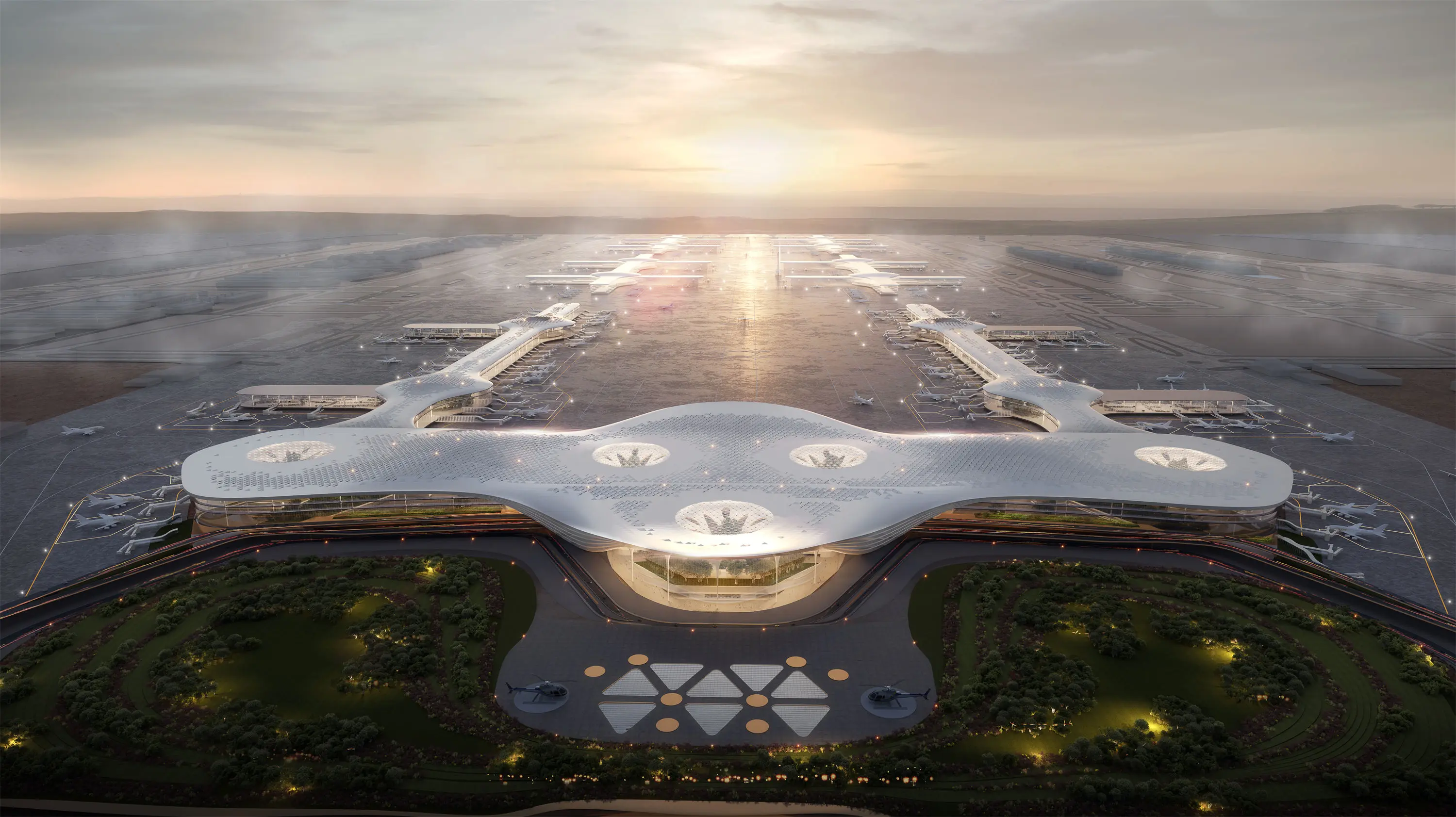How can designers improve design efficiency by using architectural animation roaming technology?
Architectural animation walking technology is a process of creating virtual architectural environmentwith computer technology and simulating people walking and observing in it through animation display. Designers can use this technology to improve design efficiency in the following ways:
Quickly visualize design concepts
Intuitive presentation of the overall layout: Designers can quickly transform the design concepts in their minds into three-dimensional animation, intuitively showing the overall layout, spatial relations and appearance of the building. For example, when designing a large commercial complex, the designer can quickly present the atrium, store distribution and traffic flow lines of the mall through architectural animation roaming, so as to timely find the problems existing in the layout, such as low space utilization rate and cross flow lines, so as to quickly adjust the scheme.

Real-time experience of light and shadow changes: real-time simulation of different time periods, different seasons of light and shadow effects, so that designers intuitively feel the building under natural light appearance changes and internal space lighting conditions. For example, when designing a museum, observing how light enters the exhibition hall at different times through an animated walkthrough helps designers optimize window placement, size, and shading facilities to achieve optimal lighting and display, while reducing glare and heat transfer.
Optimized space design
Accurate evaluation of spatial scale: During the animation tour, the designer can "walk" in the virtual building from the first-person perspective, and feel the size, height and proportion of the space. This helps to find some problems that are difficult to detect on two-dimensional drawings, such as narrow corridors and low room height, so that the dimensions are adjusted in time and the space design is optimized to ensure that the building space meets the functional needs and has a comfortable use experience.
Optimizing traffic flow: By simulating the flow path of people in the building, designers can analyze the rationality of traffic flow. For example, when designing a hospital building, by observing the walking routes of patients, medical staff and visitors through animated roaming, it can be found whether the flow lines between registration, payment, consultation room and examination room are convenient, and whether there are detour or congestion, so as to optimize the layout and improve the operation efficiency of the hospital and the medical experience of patients.Strengthen communication and coordination
Efficient communication with team members: Within the design team, architectural animation walkthrough can be used as an intuitive communication tool to help designers clearly express their design ideas and intentions to other members, such as architects, structural engineers, interior designers, etc. For example, when discussing the design of building facades, designers can display the effects of different materials, colors and modeling schemes under different lighting conditions through animations, so as to facilitate team members to discuss together and put forward suggestions for modification, avoid communication barriers and design errors caused by misunderstanding, and improve team collaboration efficiency.
Effective communication with customers: In the face of customers, the architectural animation tour can let them intuitively feel the effect of the design scheme before the project is completed, and enhance customers' understanding and trust in the design. For example, when displaying the design scheme of a residential district, the green landscape, leisure facilities and the household structure and decoration style inside the house are displayed through animated roaming, so that customers can more accurately evaluate whether the design meets their expectations and put forward modification suggestions in time, so as to reduce the design changes caused by unclear needs in the later stage and improve the efficiency of project promotion.
Reduce errors and rework
Early detection of design defects: In the design stage, through the architectural animation roam technology, designers can comprehensively inspect every detail of the building and find potential design defects, such as collisions between building components and conflicts in pipeline lines. For example, when designing the electromechanical system of an office building, animation roaming can be used to find out in advance whether there is a spatial conflict between air conditioning pipes, fire pipes and electrical Bridges, avoiding the discovery of problems during the construction process, thereby reducing errors and rework, and reducing the risk of project costs and delays.
Verification of design feasibility: The animation tour can simulate the situation of the building in different use scenarios and verify the feasibility of the design. For example, when designing a school teaching building, animation is used to show the flow of students in the corridor and stairwell during breaks between classes, up and down classes, etc., to check whether the evacuation channel meets the safety specifications, to ensure that the design scheme can operate normally in actual use, and to avoid safety hazards and inconvenience caused by unreasonable design.
LIGHTS has an elite CG team with international standards. Team members have a wealth of industry experience, has served a number of international projects, can skillfully use a variety of advanced technologies and concepts, to produce high-quality architectural animation roam works, won the trust of customers. As a cultural and creative enterprise with 3D technology as the core and active service in the field of architectural design, Guangying Digital has been committed to the application of computer image technology in the field of digital vision. The company has mastered advanced 3D modeling, animation production, rendering and other technologies, and can accurately and vividly transform architectural design schemes into animation works. In addition, the company may continue to introduce new technologies and tools, such as virtual reality (VR), augmented reality (AR), etc., to enhance the immersion and interactivity of animation.


